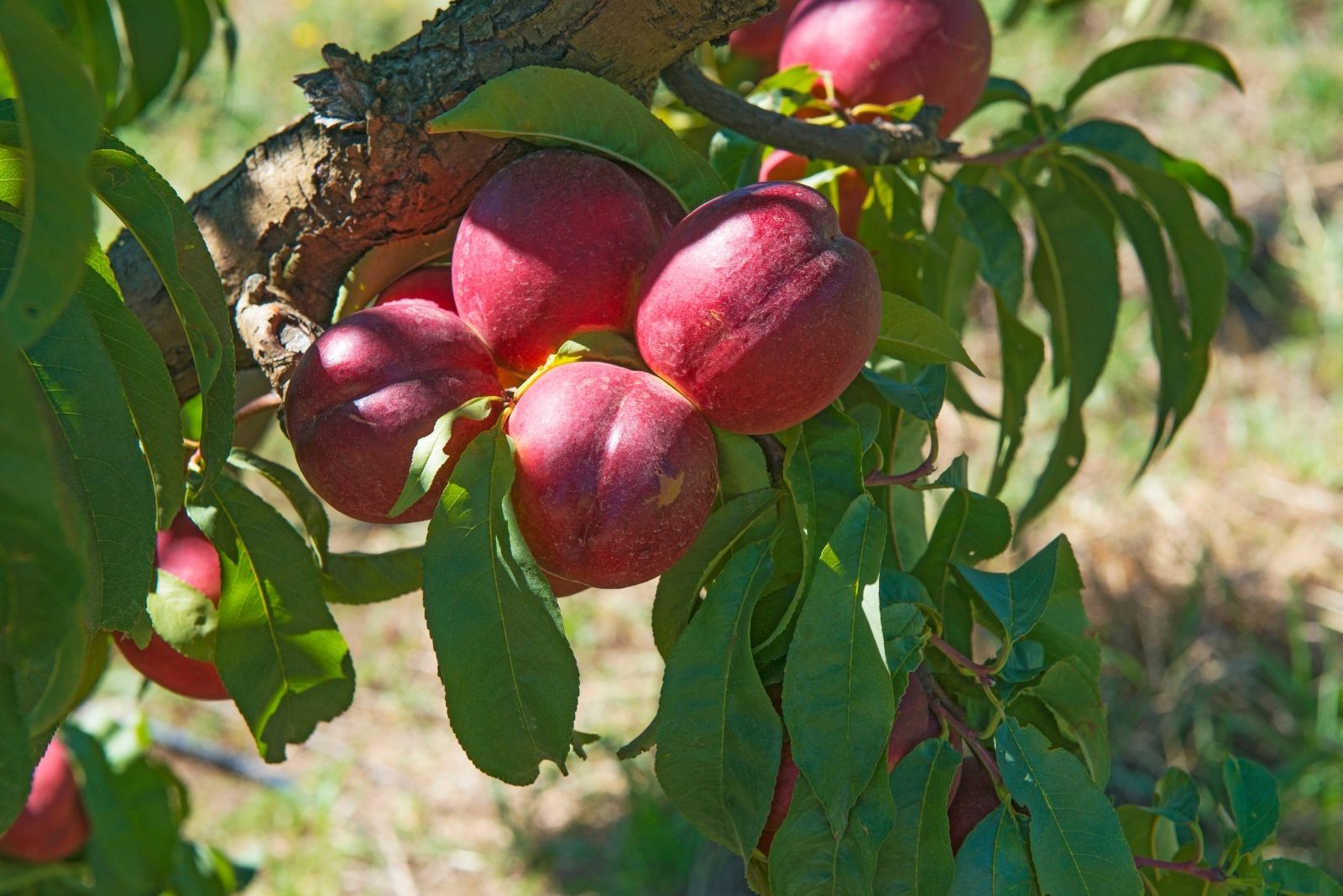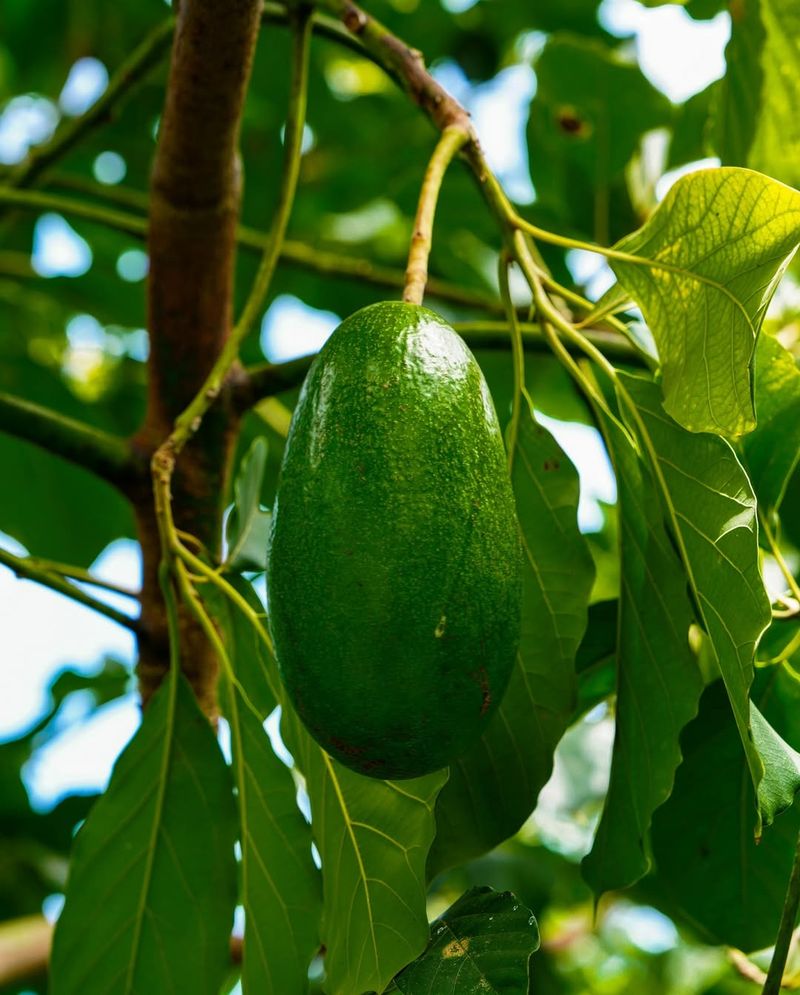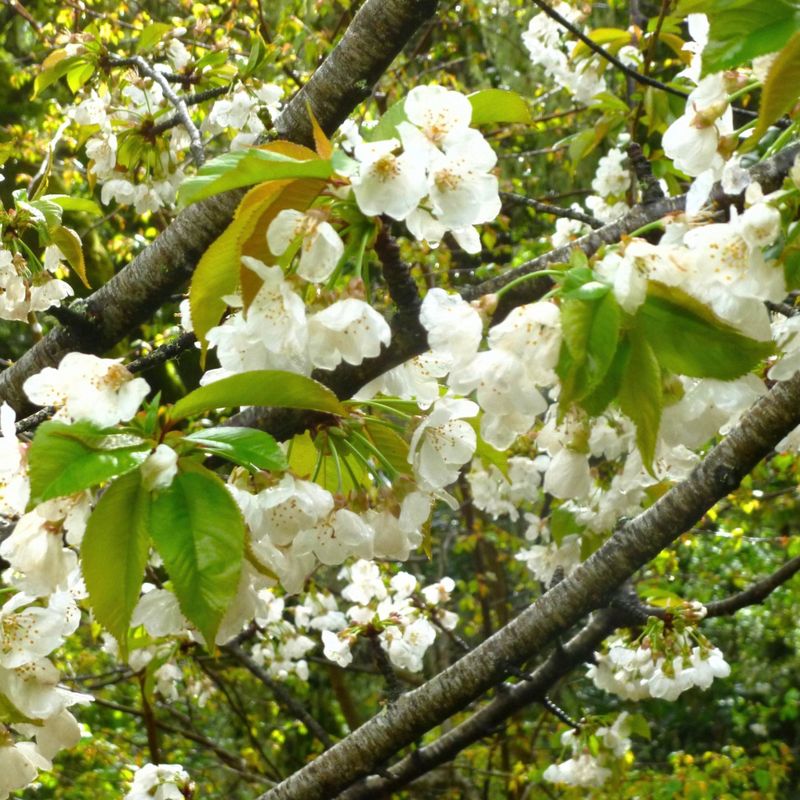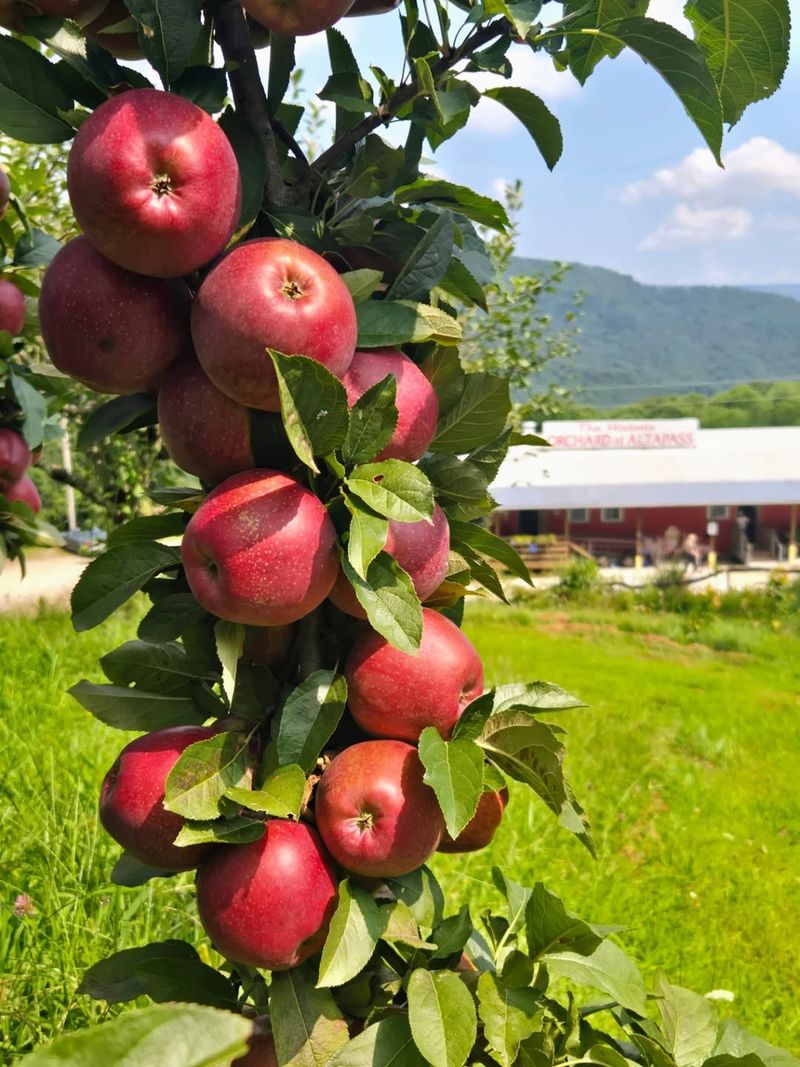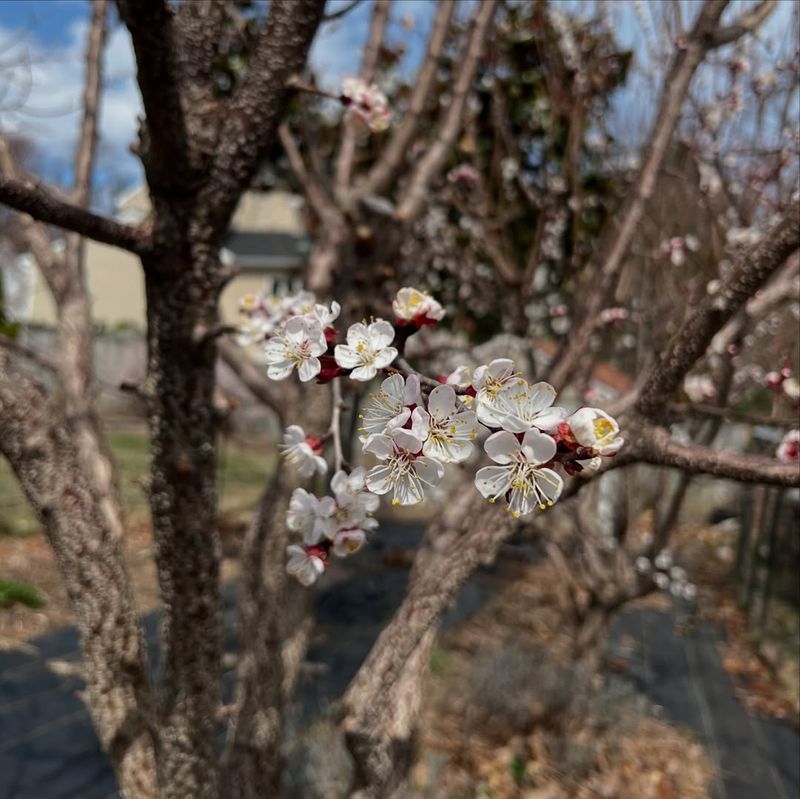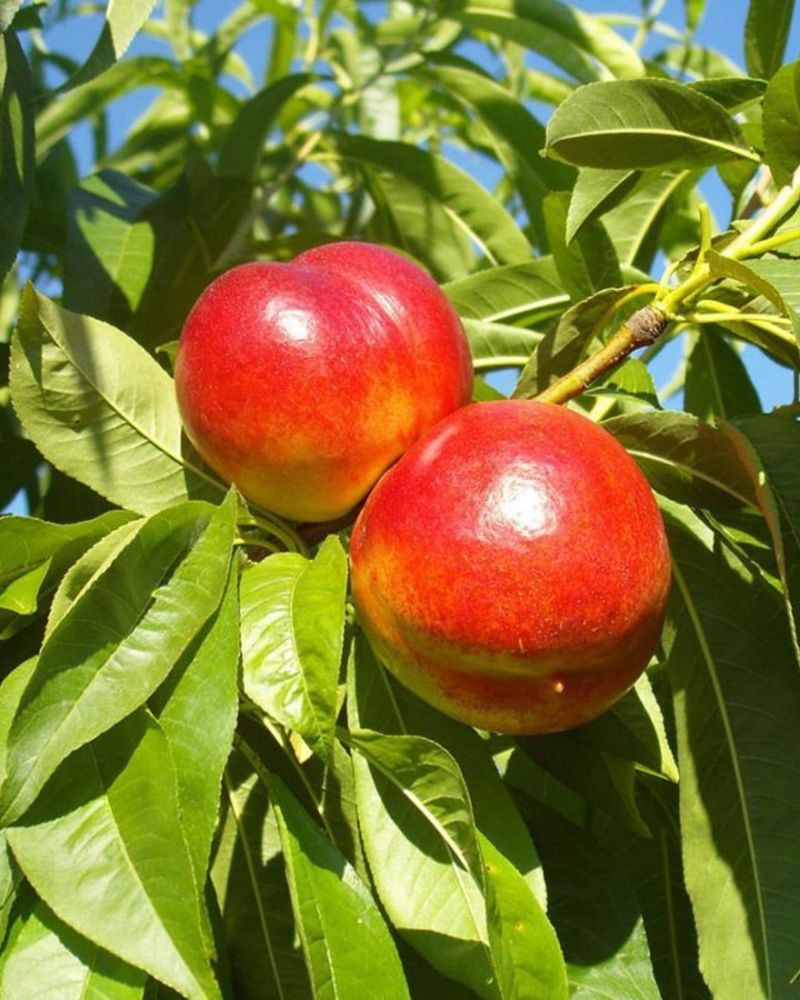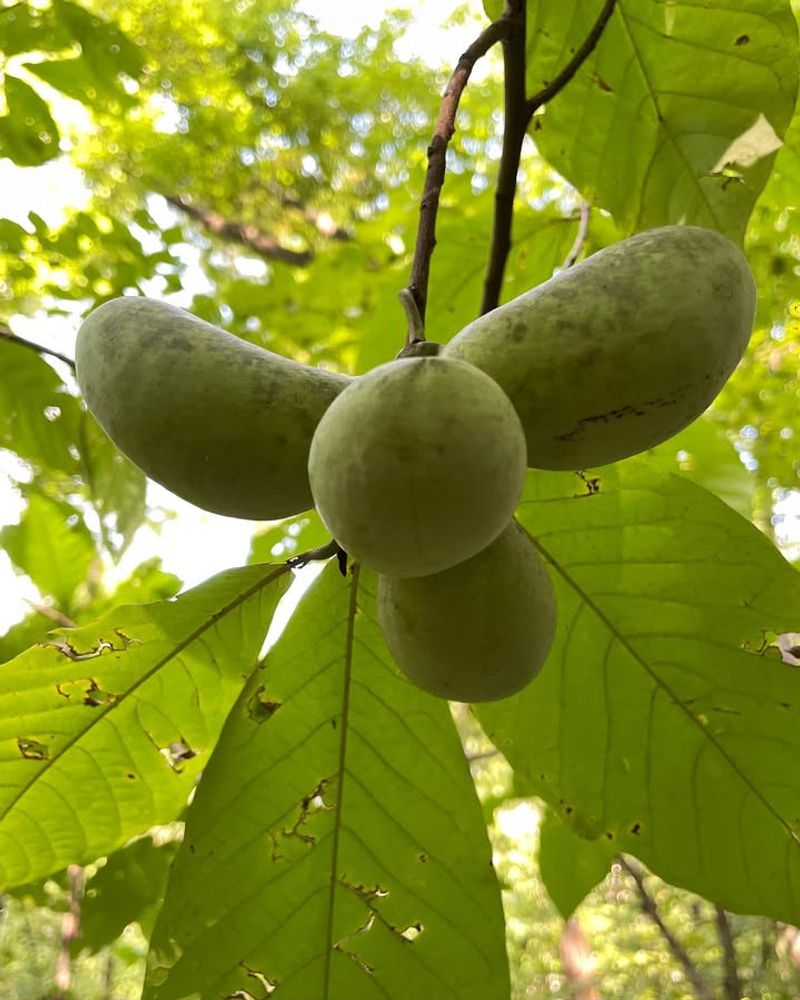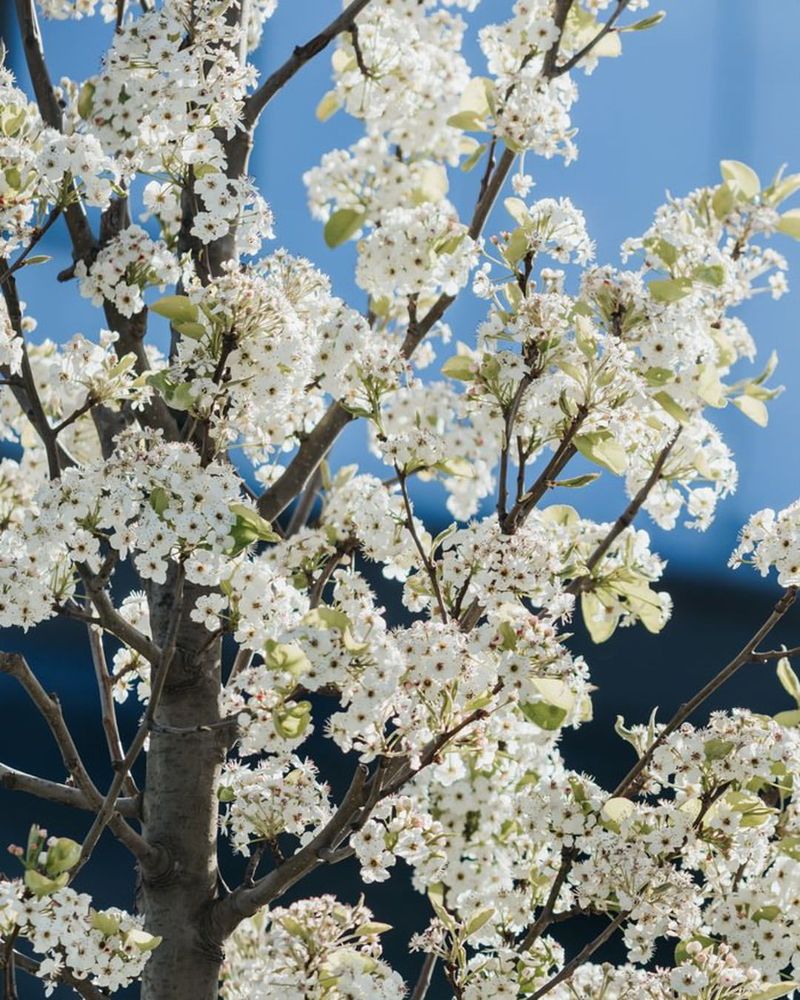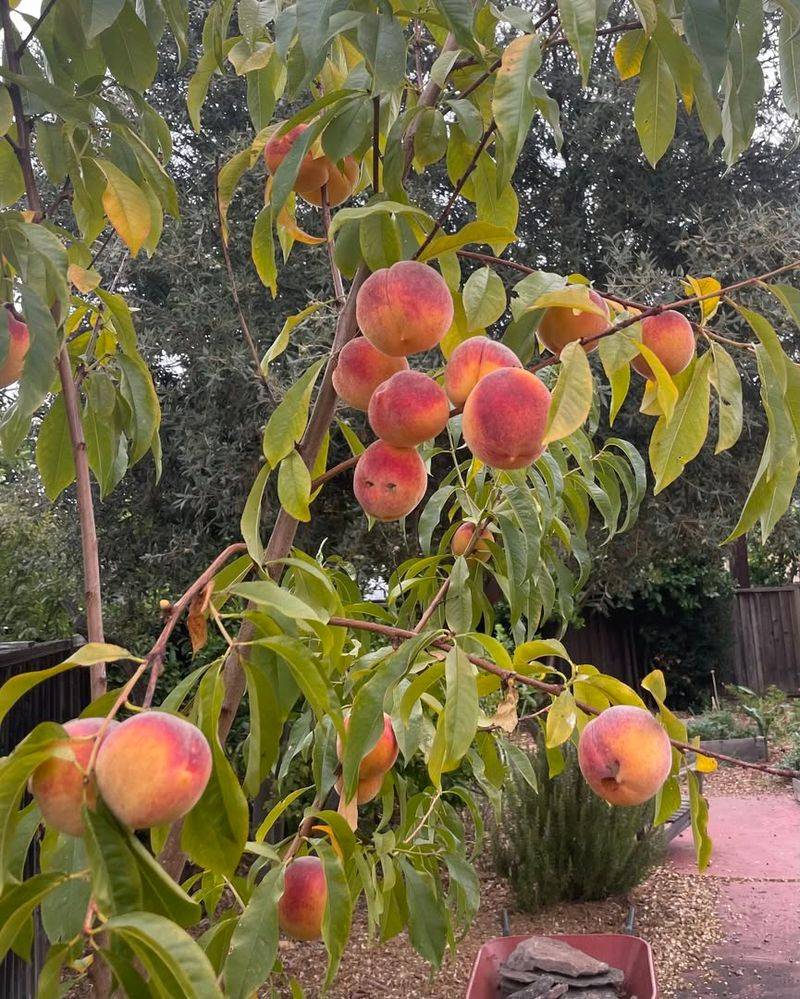Louisiana’s unique climate presents special challenges for growing fruit trees. Our hot, humid summers, mild winters, and clay-heavy soils can turn a hopeful gardener’s dream into a frustrating experience.
While many plants thrive in our southern environment, certain fruit trees simply struggle against our conditions, requiring excessive care for minimal harvest.
1. Avocado Trees: Humidity Haters
The commercial avocados sold in grocery stores originate from varieties that despise Louisiana’s sticky summer air. When I planted one in my Baton Rouge backyard, it developed persistent fungal issues despite my best efforts.
Our summer humidity levels above 80% create perfect conditions for root rot and stem diseases in these trees. Most avocado varieties need the drier air of California or Mexico to produce properly.
During hurricane season, their shallow root systems make them particularly unstable in our soft, wet soils. Even established trees rarely fruit well in Louisiana’s climate.
2. Sweet Cherry Trees: Winter Warriors
Sweet cherries require something Louisiana simply can’t provide: cold winters. These trees need 800-1,000 chill hours (time below 45°F) annually to break dormancy and produce fruit properly.
My neighbor stubbornly planted Bing cherries three years ago. Despite excellent care, his trees bloom erratically and never set meaningful fruit because our mild winters don’t satisfy their cold requirements.
Our southern parishes rarely exceed 400 chill hours yearly, leaving sweet cherry trees confused and unproductive. Save yourself the disappointment and choose fruit trees bred specifically for low-chill environments.
3. Apple Trees (Most Varieties): Fungal Magnets
Traditional apple varieties become disease factories in Louisiana gardens. The same humidity that makes our hair frizz creates perfect conditions for apple scab, cedar apple rust, and fire blight to flourish.
I learned this lesson expensively with my McIntosh apple tree. Within two seasons, every leaf developed spotting despite regular fungicide applications. Most apple varieties need cooler, drier summers than Louisiana provides.
While a few specialized low-chill varieties might survive (like ‘Anna’ or ‘Dorsett Golden’), they require intensive spray schedules that most home gardeners find overwhelming. Your harvest rarely justifies the effort.
4. Apricot Trees: Bloom Too Soon
Apricot trees are heartbreakers in Louisiana gardens. They bloom extraordinarily early in response to our brief winter warmups, then lose their entire crop to late February freezes that inevitably follow.
Our unpredictable late-winter temperature swings trick these trees into flowering too soon. I’ve watched my Hammond neighbor’s apricot bloom beautifully in January for three consecutive years, only to have every blossom killed by February cold snaps.
Even when flowers survive, our high humidity promotes brown rot and other fungal issues that destroy developing fruit. Most Louisiana gardeners harvest nothing despite years of care.
5. Nectarine Trees: Pest Paradises
Nectarines have smooth skin unlike their fuzzy peach cousins, making them even more vulnerable to Louisiana’s abundant insect population. Their delicate fruits become feeding grounds for plum curculio, stink bugs, and fruit flies.
The required spray schedule becomes overwhelming for most home gardeners. My attempts with nectarines in southern Louisiana required weekly treatments yet still produced wormy fruit. Their thin skin offers no protection against our aggressive pests.
Bacterial spot disease spreads rapidly through nectarine trees during our humid growing season. While a few specialized varieties show some resistance, most nectarine cultivars remain poor choices for Louisiana gardeners seeking low-maintenance fruit options.
6. Pawpaw Trees: Loneliness Lovers
Pawpaw trees, though native to North America, are surprisingly solitary. In Louisiana, where humidity reigns, these trees often struggle to set fruit without a pollination partner.
Pawpaws require specific cross-pollination, yet finding the right match in this climate is like searching for a needle in a haystack.
The fruit’s custard-like texture is missed by many, but it’s the tree’s loneliness that truly hinders its success here.
To top it off, they demand a chill period that Louisiana rarely provides, leaving gardeners puzzled by barren branches.
7. Pear Trees: Fireblight Favorites
Pear trees may seem like a juicy choice for gardens, but in Louisiana, they’re often plagued by fireblight. This bacterial disease thrives in warm, wet climates, making pear trees particularly vulnerable.
The disease causes branches to appear scorched, halting fruit production and leaving the orchard looking desolate. While some varieties can resist, the risk remains substantial.
Gardeners find themselves in a relentless battle against this ailment, often losing the fight.
The dream of fresh pears quickly turns into a nightmare, as fireblight spreads its fiery grip across the tree.
8. Peach Trees: Moth Magnets
Beautiful as they are, peach trees in Louisiana attract moths like bees to honey. These moths lay eggs that hatch into larvae, munching away at leaves and fruit.
The hot, damp climate provides an ideal breeding ground for these pests, leading to relentless infestations. Gardeners often find themselves overwhelmed by the sheer number of insects.
Despite efforts to control them, the moths persist, turning lush fruit into hollow shells. The promise of sweet, juicy peaches is marred by pests, making them a challenging choice for local gardeners.

